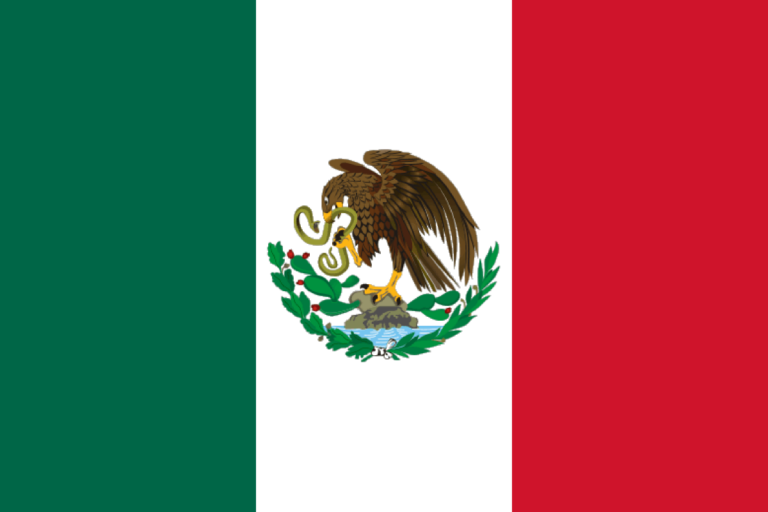State of the World 2003 is the twentieth edition in a series from Worldwatch Institute. The Institute was founded in 1974 by Lester Brown, President 1974–2000, with help from the Rockefeller Brothers Foundation.1 The Worldwatch mission statement says: “By providing compelling, accessible, and fact-based analysis of critical global issues, Worldwatch informs people around the world about the complex interactions between people, nature, and economies.”2 Worldwatch states that their publications, including State of the World, are “distributed to thousands of educators, students, journalists and decision makers in the public and private sectors. The Institute’s work has been published in over 40 languages, on every continent except Antarctica.”3 Among the “Global Partners” listed on their website is the coercive population controller UNFPA.
Worldwatch
From Worldwatch’s beginning the formula for success has been to predict disaster and push pet “solutions.” Dire predictions sell books. The 2003 edition identities five serious threats in Chapter One alone: increasing numbers of poor people; pollution altering basic global chemical cycles; toxic chemicals; unprecedented biotic mixing; and pervasive ecological decline (pp. 5–8). “Depending on the degree of misery and biological impoverishment that we are prepared to accept, we have only one or perhaps two generations in which to reinvent ourselves.” (p. 5)
The initial, 1984 volume was written mostly by Lester Brown: this year’s book has ten authors, no Brown. The chapters address seven subjects; birds, population, malaria, energy, mining, cities, and religion.
The Nature of the Work
To convey the nature of the work, let’s consider birds and energy, then population.
Chapter Two’s author, not a Worldwatcher, claims that in the U.S, alone, “communications towers may kill up to 40 million birds annually.” (p. 29) A Worldwatch staffer writes in Chapter Five on benefits of renewable energy, especially wind power, which is generated by whirling blades atop towers. But she claims that the threat to birds from wind towers is “relatively low compared with other threats to birds such as vehicles, buildings, and cell phone towers.” (p. 92) So towers with whirling blades are safer for birds than other towers? This is disputed outside Worldwatch.
“On the environmental side, wind power is noisy, land-intensive, materials-intensive a visual blight, and a hazard to birds.” “… the indiscriminate killing of thousands of birds — including endangered species protected by federal law — has created controversy and confusion within the mainstream environmental community.”4 [Emphases added.]
For perspective consider these facts. The second of three Worldwatch Objectives for 2002 was: “2. Advance the use of wind, solar and other renewable sources of energy.”5 The Institute’s homepage graphic incorporates an image of wind towers at sunset. Worldwatch has a credibility problem.
Not that more evidence was needed. Julian Simon documented Worldwatch errors for years,6 as have PRI7 and others. James Bovard wrote in 1989, “Lester Brown and his think tank, the Worldwatch Institute, are a cross between Chicken Little and King Midas.” Brown is “a reverse Cassandra: His prophecies are wrong, but influential people believe them.”8
Population always has been a particular focus of Worldwatch. Their perspective is typified by Brown’s commendations of China in State of the World 1984. “Perhaps the most impressive family planning achievement in the developing world has occurred in China.” “In 1979 China became the first country to launch a one-child family program.” “To even consider such an ambitious birth control program requires, of course, the ready availability of family planning services, including abortion.”9
Linking Population, Women and Biodiversity
State of the World 2003 has a chapter titled “Linking Population, Women, and Biodiversity.” The link is asserted: “we know that gender inequity tends to exacerbate population growth, and that population increases tend to put pressure on the natural environment” (p. 40), and mentioned repeatedly. But the chapter focuses primarily on promoting the Cairo Conference’s goal of universal access to “reproductive health care.” (p. 53) The authors acknowledge that world “population growth is slowing.” (p. 61) However, they assert a need to target 25 “biodiversity hotspots” for population control. These “spots” include the Philippines, Mediterranean Basin, and Caribbean. (pp. 43–46)
Other mentions of population-related matters appear in the book. The chapter on malaria has this incredible parallel: “Just as condoms have proved effective in preventing HIV/AIDS and oral rehydration salts have helped ameliorate diarrheal diseases …” (p. 80) Abortion appears explicitly once, as causing disagreement between environmentalists and religious people (p. 162). But positive signs of cooperation between religion and environmentalism are noted. For one, HIV has pushed churches and mosques to rethink teachings on condom use (p. 173): “Increasingly uncomfortable with prohibitions of condom use as they watch masses of people — often their own congregants — lie sick and dying from a disease that prophylactics could largely prevent …” (p. 174) Sensitivity to religious concerns is exemplified by UNFPA activities in Kenya. (p. 174)
Nonsense Quoted
The book indeed contains much nonsense. Here, briefly, are some other examples:
-
Noteworthy case of religion and environmentalism cooperating, a Sierra Club and National Council of Churches ad: “Over magnificent shots of seacoasts, forests, and mountains, the narrator intones a Jewish prayer… then argues against drilling in ANWR.” [drilling is proposed within 2000 acres of a flat, treeless coastal plain10] (pp. 152, 171)
-
Mathus lives: “pressures on resources are likely to increase exponentially.” (p. 47)
-
Hopeful development: “Organic farming is the fastest-growing sector of the world agricultural economy, with the potential to rejuvenate rural communities from the Philippines to Sweden.” (back cover)
Finally, on the reverse of the title page is this statement: “The views expressed are those of the authors and do not necessarily represent those of the Worldwatch Institute; of its directors. officers, or staff; or of its funders.” But eight of the ten authors are Worldwatch staff, including the director of research and three senior researchers. And the Acknowledgments begin: “This twentieth edition is the product of the shared vision and effort of the entire Worldwatch staff…” More fuzzy thinking from Worldwatch Institute.
Bob Elder is a self-employed consultant, with a PhD in statistics from Virginia Tech.
Endnotes
1 www.earth-policy.org/About/Lester_bio.htm.
2www.worldwatch.org/about/mission.html.
3 IRS Form 990. 2001, p. 23, available at www.guidestar.org.
4 Bradley, Robert L., Renewable Energy: Not Cheap, Not “Green,” Cato Policy Analysis No. 280, August 27, 1997, available at www.cato.org/pubs/pas/pa-280.html.
5 Available at www.guidestar.org, Worldwatch Goals and results.
6 Simon, Julian, Ultimate Resource 2, pp. 122, 594.
7 Miller, James A., “Worldwatch Wolf Keeps Crying,” Wall Street Journal, Jan. 21, 1992, p. A21 (eastern edition).
8 Bovard, James, “Lester, the sky hasn’t fallen,” Wall Street Journal, June 26, 1989, p. A8 (eastern edition).
9 Brown, Lester, “Stabilizing Population,” State of the World 1984, Worldwatch Institute, 1984, pp. 24, 25.
10 www.heritage.org/Research/energyandEnvironment/EM753.cfm.










